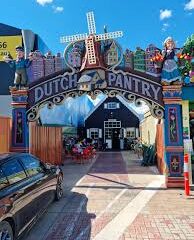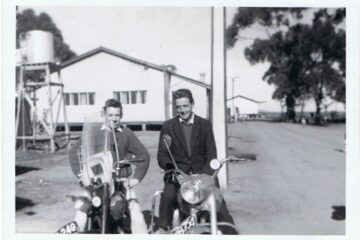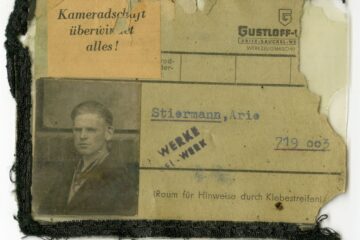Republished with permission. Chapter 18 of the book: A Touch of Dutch. For the full pdf of the book click here.
The Dutch Pantry – A Taste of the Netherlands in Adelaide
In the quiet suburb of Klemzig, just outside of Adelaide, a little slice of the Netherlands is thriving thanks to the passion and heritage of Angela Leaney. Born to Dutch-speaking parents who migrated to Australia Read more…


